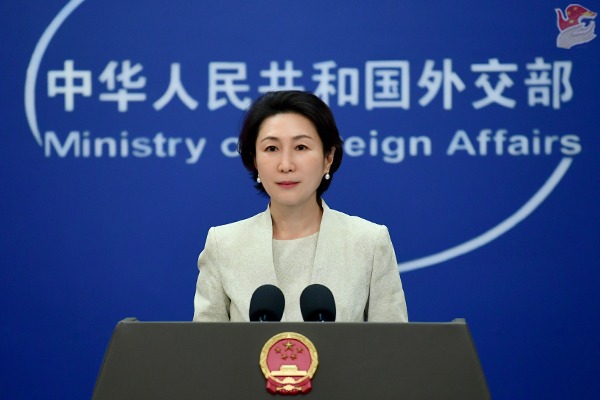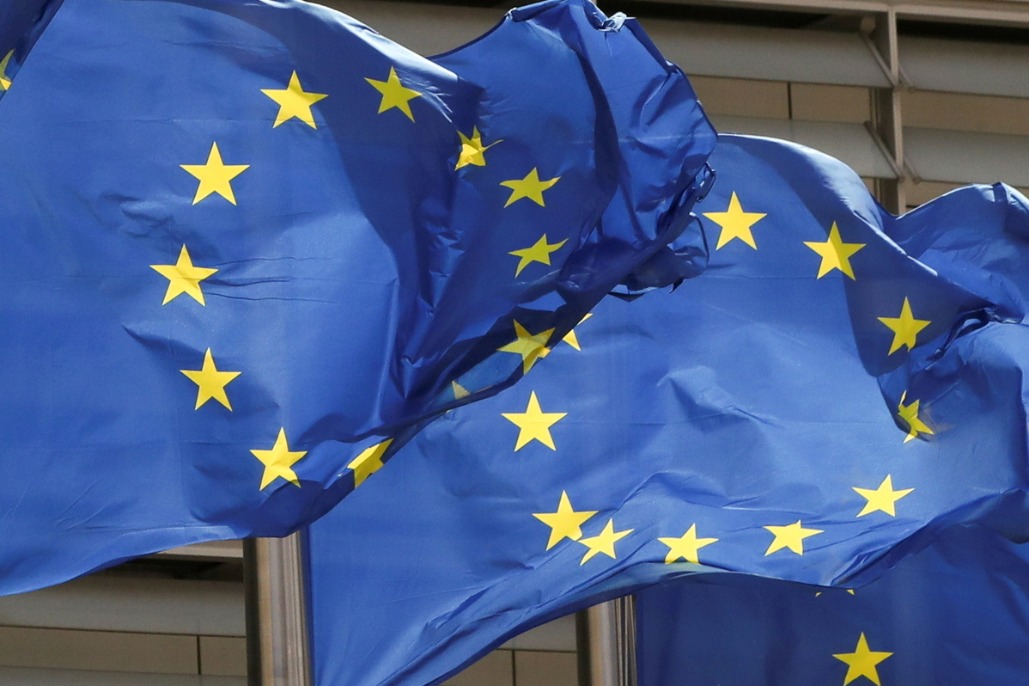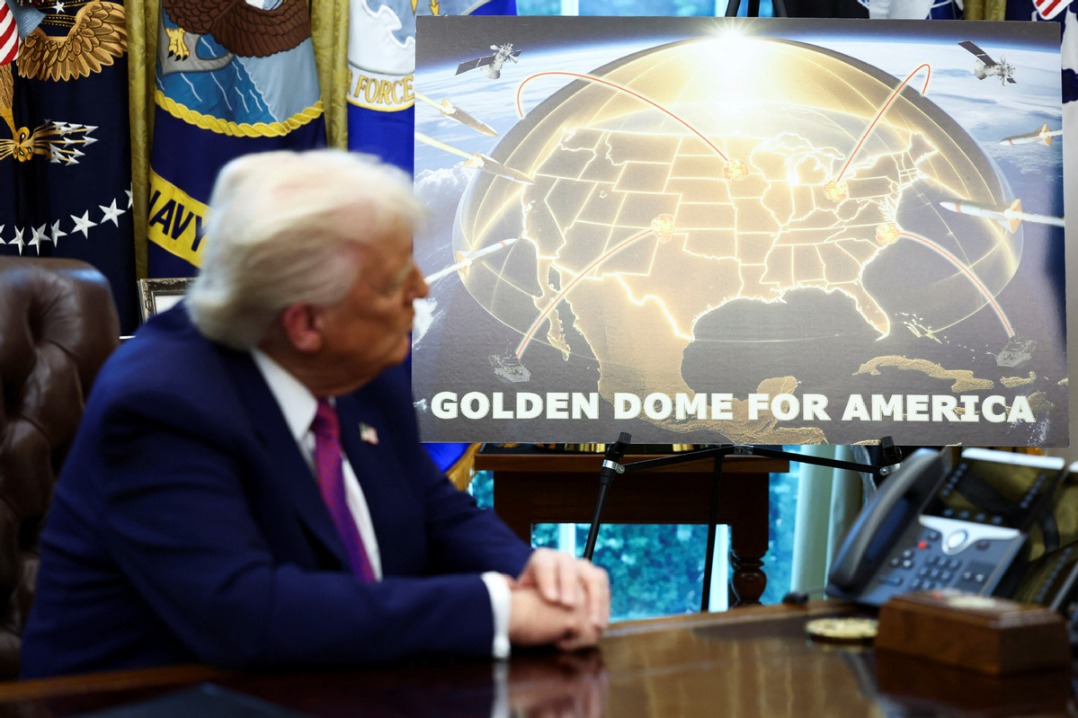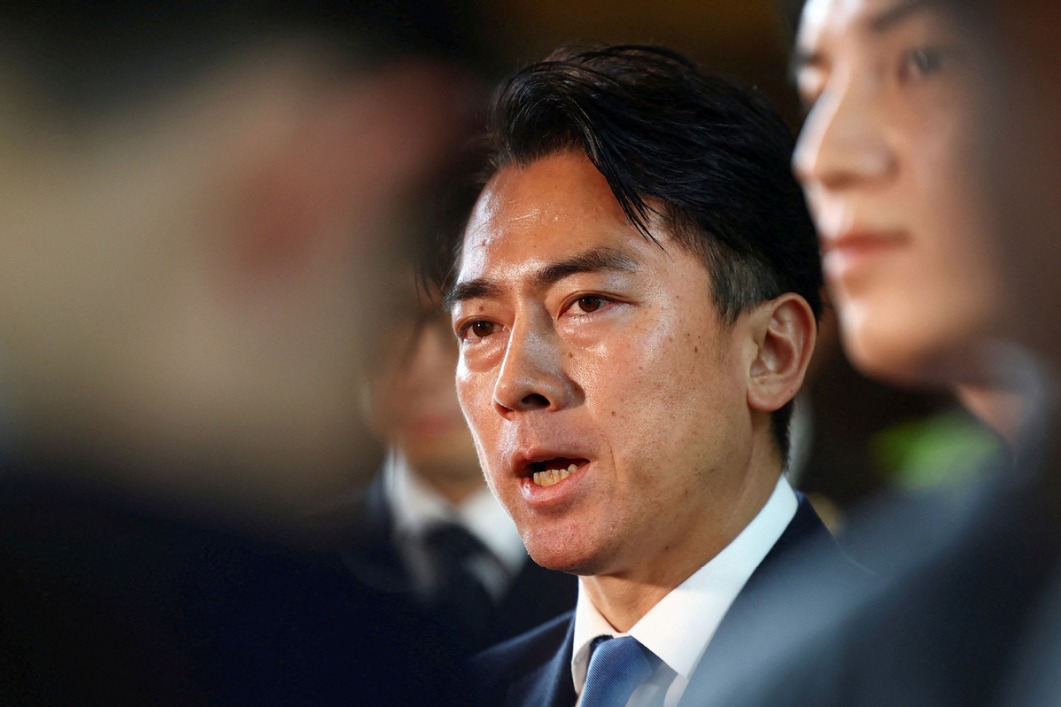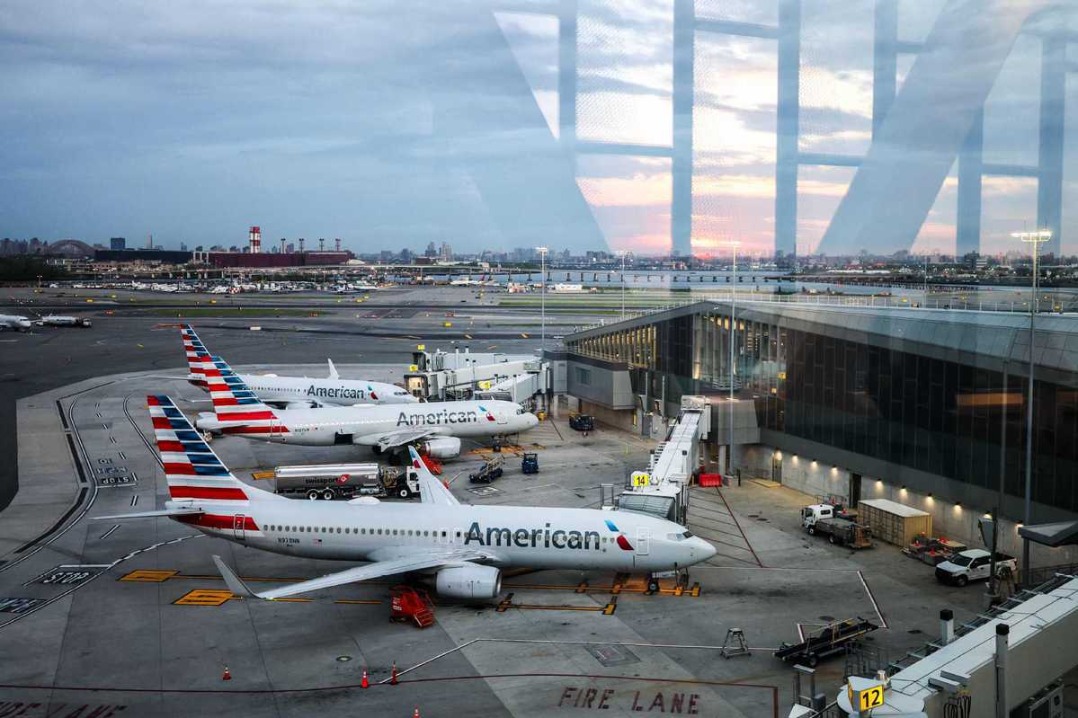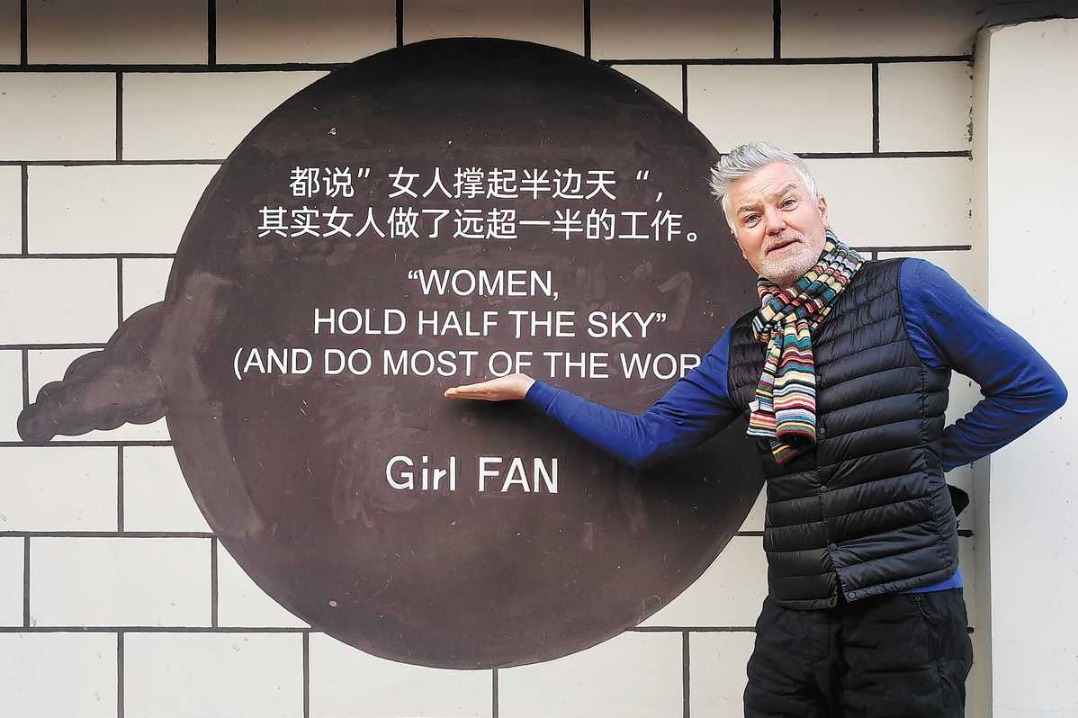A new chapter in economic globalization


The Belt and Road Initiative was conceived and organized in order to link the world in an unprecedented way. For centuries the ancient Silk Road connected Eurasian countries, bringing prosperity to ports, giving birth to towns and cities, and injecting vitality into nations along the way.
When first proposed in 2013, the Belt and Road Initiative was more a project of a new land infrastructure conceived in order to revive traditional trade via the ancient Silk Road. But soon it proved to be not only a link between China and Europe but also a new network to connect the Central Asian countries and those beyond.
In less than six years, the concept has been incubated into a new multipurpose initiative that involves, as the latest data shows, 125 countries and 29 international organizations that have signed cooperation agreements within the BRI framework. Cooperation has gone way beyond trade, covering a broad spectrum of sectors including finance, tourism, telecommunications, as well as some key issues such as culture, fighting poverty, maintaining sustainable growth and bridging the digital gap.
Globalization has boosted the world economy, shaped and stabilized the world economic order in the post-World War II era. On the other hand, however, globalization has stimulated the concentration of capital and widened the wealth gap, giving rise to populism and protectionism.
The world calls for a bridge connecting the developed and the developing worlds, and the Belt and Road Initiative is a project that, working in synergy with other projects and institutions, could help build that bridge. In this framework, the BRI is playing a unique role, linking among themselves more than half of the world's population from across 125 countries.
The BRI is in line with various developments of global agendas at the regional and national levels: the 2030 Agenda for Sustainable Development, the China-Europe Land-Sea Express Route, the Paris Agreement on climate change and the World Trade Organization Trade Facilitation Agreement.
A specific link to all these projects was clearly manifested in the Joint Communiqué of the Leaders Roundtable of the inaugural Belt and Road Forum for International Cooperation in May 2017. The statement was endorsed by President Xi Jinping, United Nations Secretary-General António Guterres, and the 28 heads of state or government attending the ceremony.
All such new initiatives, especially when involving several countries and institutions, need time to mature and to adapt to changes. This BRI, rich with possibilities not limited to infrastructure investments, needs time, but more importantly, it needs everyone's participation, down-to-earth suggestions and trust.
In the past few years, the BRI has received due appreciation along with some negative reaction. A few countries are worried about debt-linked dimensions of the new investments, while others, mainly in Europe, are afraid of rising competition from Chinese companies.
A better understanding of the BRI is therefore needed together with open and frank discussions and negotiations. Everyone has to adapt to the need of others. And the Second Belt and Road Forum provides a rare opportunity to do so. Themed "Shaping a Brighter Shared Future", the forum, comprising a summit meeting as well as 12 thematic forums and a conference for the business community, is aimed at building consensus with all players in an open, transparent and inclusive approach.
The final goal of the Belt and Road Initiative is to share opportunities under the banner of economic globalization, uphold multilateralism and work with all to make the world economy an open one.
The author is a former prime minister of Italy and a former president of the European Commission. He contributed this article exclusively to China Watch, a think tank powered by China Daily.

















